top of page
Our Blog
Home | Our Blog
Search


Tin Mordant: A Touch of Brilliance.
Among the lesser-used yet historically significant mordants in the natural dye world is tin, most commonly in the form of stannous...
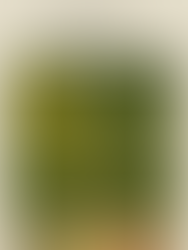

Curating a Summer Palette with Natural Dyes. From Garden to Garment
This year, that feeling hit me in rural France. We were surrounded by goldenrod swaying in the breeze, alder trees lining the riverbanks,...


Copper Sulfate in Natural Dyeing
Of all the mordants we reach for in the dye studio, copper sulfate is perhaps the most quietly transformative. It is not as commonly used...

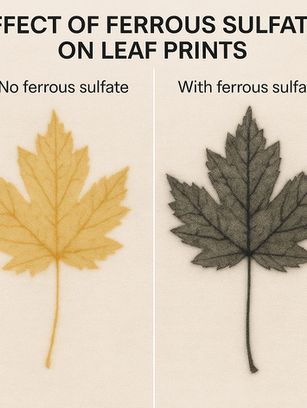
The secret to a white background in botanical printing.
We do like the effect that ferrous sulfate gives with our tannin-rich leaves: gray and black leaves, often very distinguished with...


What About Plant-Based Mordants?
Some plants store alum naturally in their leaves. That means they can help you fix color to fiber without adding extra mordant salts....


Sorting Out Ferric, Ferrous, and the Fantasy of “No Corrosion”
When it comes to iron in natural dyeing, we often lump “iron” into a single category. But not all iron is equal, and the kind you use...


Three Paths to Mordant Success. Hot, Cold & Bucket (Alum Edition)
This chapter focuses exclusively on alum-based mordants : Potassium Alum, Aluminum Acetate, Aluminum Triformate and Alum-Soda Ash...


Murex Tekhelet: A Proposal for an Alternative Source of Biblical Blue
For centuries, the precise nature of the Biblical tekhelet , the sacred blue mentioned in the Torah, remained an enigma. In the Book of...

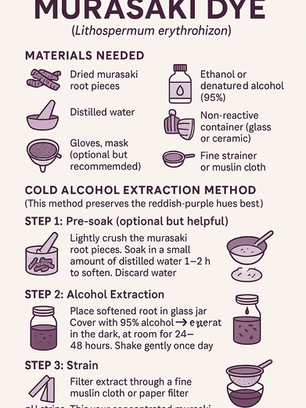
Murasaki: Purple Gromwell Dyeing.
Discover the rare Japanese dye murasaki, extracted from Lithospermum erythrorhizon roots. Learn its rich history, cold-extraction method, and how to achieve stunning purples on silk and wool.


Natural Dyeing and Printing Glossary
all the terms you ever needed to know.


Mordants Made Easy: The Glue That Holds It All Together
Let’s demystify mordants. They sound scary, but they’re not. A mordant is just a substance, usually a metallic salt, that helps natural...


Iron & Earth: Working with Ferrous Sulfate in Natural Dyeing
If natural dyes are your paints, then ferrous sulfate is one of your most versatile brushes. Reliable, powerful, sometimes unpredictable,...


The most basic dye kitchen you will ever need (low cost!)
When I teach abroad, I ask for the venue to arrange my basic dye kitchen: A heat source, which can be a gas burner, electrical hot plate...

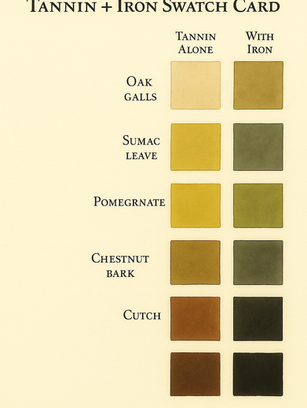
Going Grey (on Purpose): Using Tannin and Iron to Create Natural Blacks
There comes a moment in every dyer’s journey when we stop chasing the perfect earthy pink and instead lean into something moodier: grey....

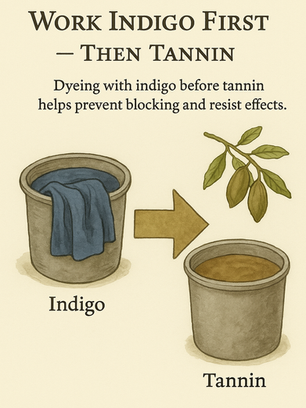
Dyeing without a mordant: using Tannins as your base.
Skipping the Alum: When Tannin Does the Heavy Lifting Let’s say you’re standing in front of your dye pot, and for whatever reason,you're...


Tailored Tannin recipes for Cellulose Fibers
Hot or Cold? It Depends on What You Want. Tannins will be able to create wonderful subtle shades on their own or as a base for further...

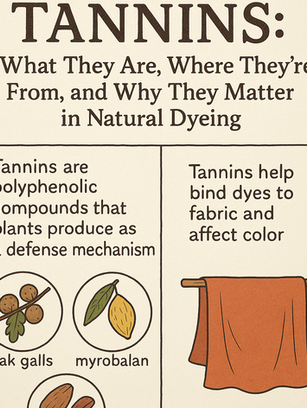
Tannins: What They Are, Where They're From, and Why They Matter in Natural Dyeing
If you’ve ever steeped pomegranate peels, stirred oak gall powder into a bucket, or layered sumac leaves into a tannin bath:...

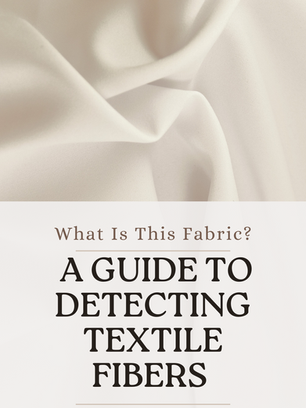
What Is This Fabric? A Guide to Detecting Textile Fibers (Without Losing Your Mind)
Ever found a lovely piece of fabric and thought, “This feels natural... probably”?
Welcome to the detective work of fiber identification. Whether you're prepping for a dye bath or just trying to avoid melting something under your iron, knowing what you're working with is half the battle. In this post, we’ll cover simple at-home tests—from burn to bleach—and offer some real-world tips (label your stuff!) to help you stay sane in the studio.


Blaudruck: Intangible Heritage of European Blueprint
Reflections on Gutau’s Blaudruck-Fest, always the first Sunday in May On the first Sunday in May the small Mühlviertel village of Gutau...


Mud Dyeing & Traditional Tais Weaving in Timor-Leste
mud dyeing techniques from timor leste


Why My Workshop Terms & Conditions Benefit Everyone
Workshops should be spaces of creativity, learning, and respect—places where we can focus fully on the art of natural dyeing and printing...


Organic Natural Indigo vats, what are your possibilities?
Organic indigo vats explored!


Creating an Icy Winter Tones Palette with Natural Dyes
I love to be inspired by what is around me. When I let the dogs out in the (very) early morning, I witness the morning mist creating...


2024 in Natural Dyes.
a year in natural dyes and pictures, take a look at the best moments for DekelDyes in 2024!
bottom of page
